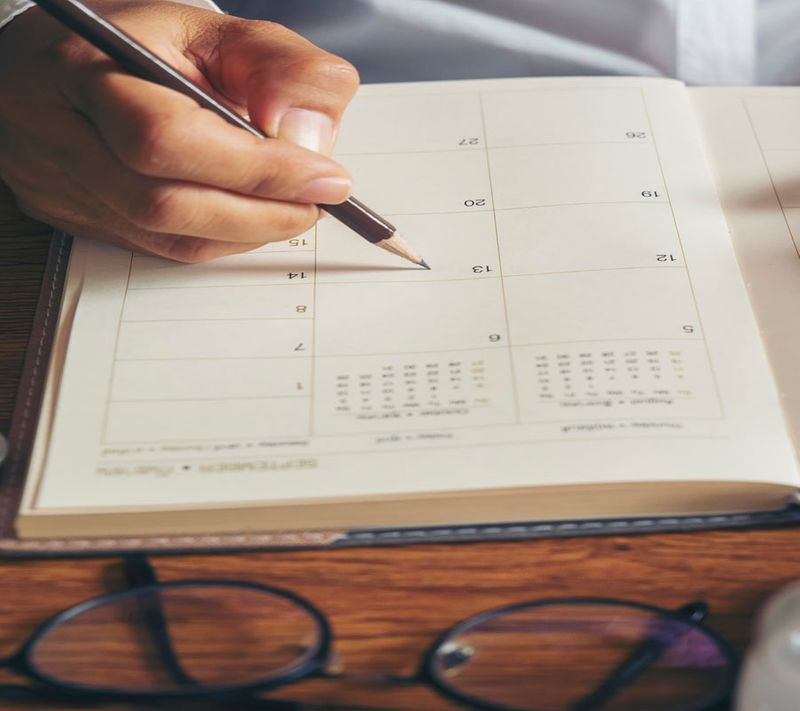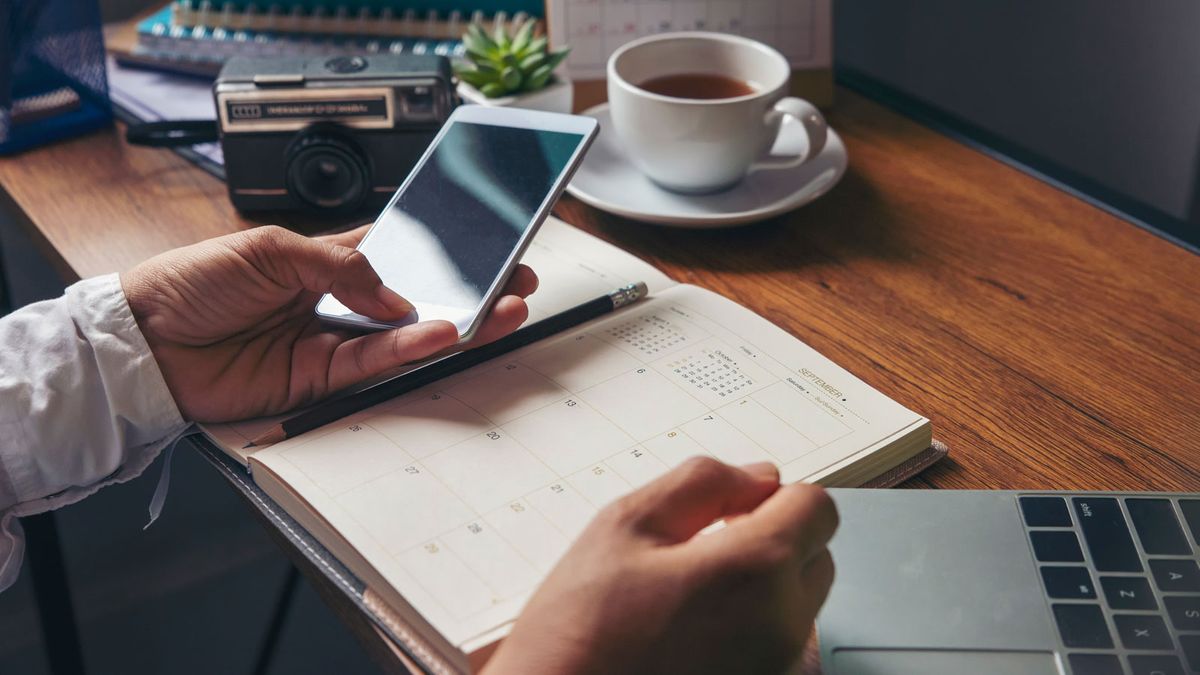Remember when COVID-19 first hit and you were told that you will have to work from home? A lot of us felt relaxed then, as we’d save time commuting to office. But when you think about it, what did you do with the time that was saved? Rather, did we save any time at all? Reports suggest that people worked for longer hours during the pandemic to the point that they didn’t have time for anything other than work. Even worse, this WFH lifestyle gave most of us that feeling of being unproductive, leaving us to wonder how did we manage to get work done and still find time for ourselves before the pandemic!”
While it’s easy to berate yourself for not scheduling every minute of the day at home, we need to get over this guilt and take control of life again. What better way to begin than learning how to make a daily schedule for yourself!
A daily schedule helps you prioritize your needs and tasks for the day and make use of your time efficiently. This will help you limit procrastination and meet your daily goals, which will in turn give you the feeling of being productive. Other than that, learning how to schedule your day can help in maintaining a healthy work-life balance. Now, if you are facing problems creating a schedule, this article will help you with that!
How to Make a Schedule for Yourself
1. Make a list

Begin by writing every task, both personal and professional, you would want to complete in a day. Remember, the focus is to jot down every task you do and would want to do in a day. Don’t give importance to editing and organizing right now. If it’s difficult to write everything down in one go, carry your notebook with you as you go on doing each task. Then write them down as you’re reminded of them.
2. Identify your priorities
Even though getting each and every task on the list done is important, there will always be a few “important tasks of the day” that give you more value than the rest. Mark important priorities using a highlighter. Your important tasks needn’t always be work-related. You can also include personal things on the list that you would want to allot more time to.
3. Structure the day
You can be an early bird, a night owl, or a mid-day blue jay. Think about when you can work best and group tasks accordingly. Allot important tasks to the part of the day that makes the most sense in terms of completion. Don’t start or end your day with work. Create small routines to follow after you wake up and before you go to sleep. This is important to start and end your day on a good note.
4. Make a weekly chart

The next step is to create a weekly chart. Some days will have more priority tasks than other days. In that case, distribute your weekly tasks accordingly each day so that everything looks well balanced.
5. Know your distractions
It’s not that when you are doing a certain task, you won’t get distracted. Sometimes you might want to browse through social media or talk to that friend while working on something. That is normal—don’t fight the rhythm. Instead, make time for those distractions when you schedule a day. But don’t let those distractions come in the way of productivity.
6. Include breaks
You can’t go on doing one task after the other without stopping. Pause and take time to relax. Incorporate 15-20 minutes breaks in between each task.
7. Stay flexible
You might find it difficult to complete each and every task within the given time. That is fine—these problems will occur in the early weeks of following a schedule. Try your best to complete the tasks on time and as for the ones you couldn’t, adjust your schedule accordingly.
How to stick to a schedule?

Optimize your tasks: Review your weekly schedule and see if there are areas or tasks you can simplify to save time.
Adjust the schedule, if needed: What you create initially might need some changes, especially if something is not working for you. Under such circumstances, try changing the order of tasks to get the best results.
Schedule disruptions: Visitors, vacations, functions, and other schedule disruptions can be a challenge. Remember to return to schedule once that’s over. It’ll take some time to get used to it again, but don’t give up.
Tools to aid you in making a schedule

Planner
If you are someone who loves to write, go for planners. It helps you schedule each task, appointment, event, and errand so that you know what to expect when and you don’t run out of time.
Google Calendar
If you like to go digital, then Google Calendar is ideal for you. Here, you can also set reminders for events and tasks. If you have the habit of forgetting things, Google Calendar will be the best scheduler for you.
It takes time to form new habits, especially when they are good ones. If you are able to create a schedule for your daily tasks and stick to it, then it will help you form new habits and break bad ones.





